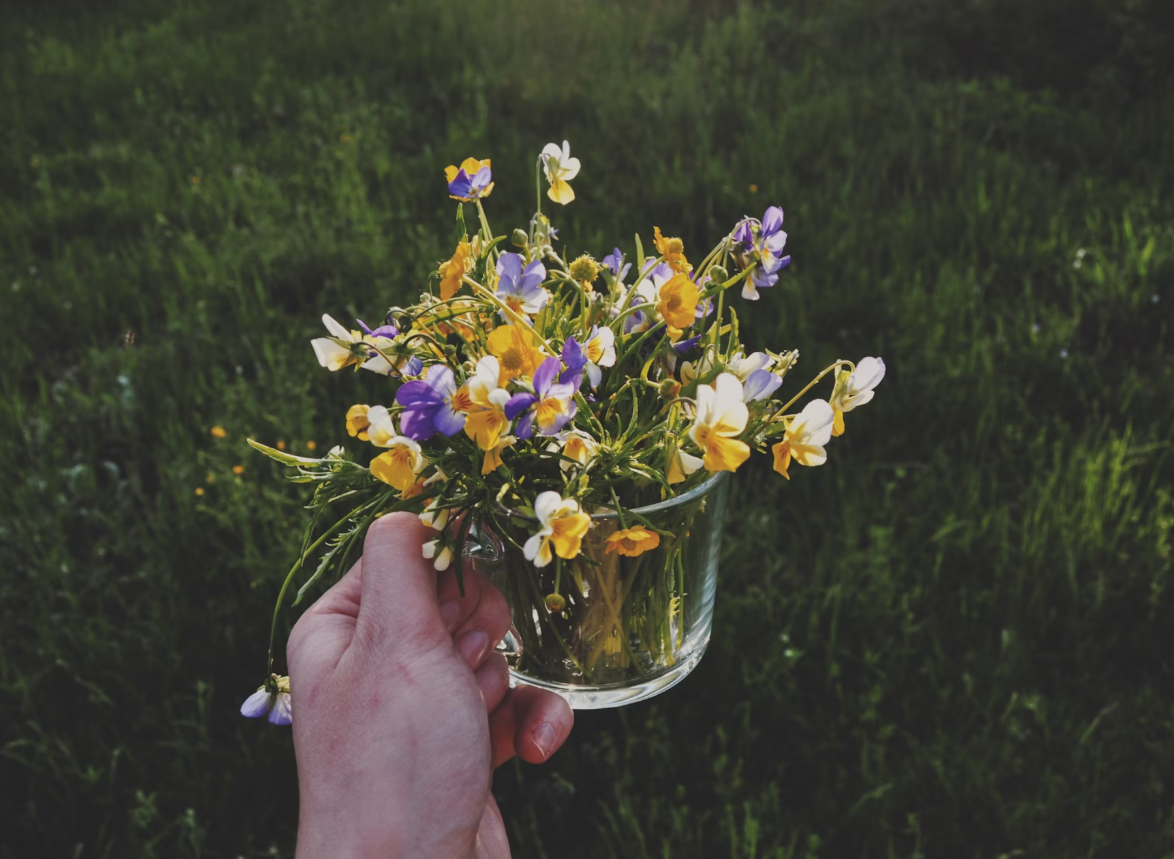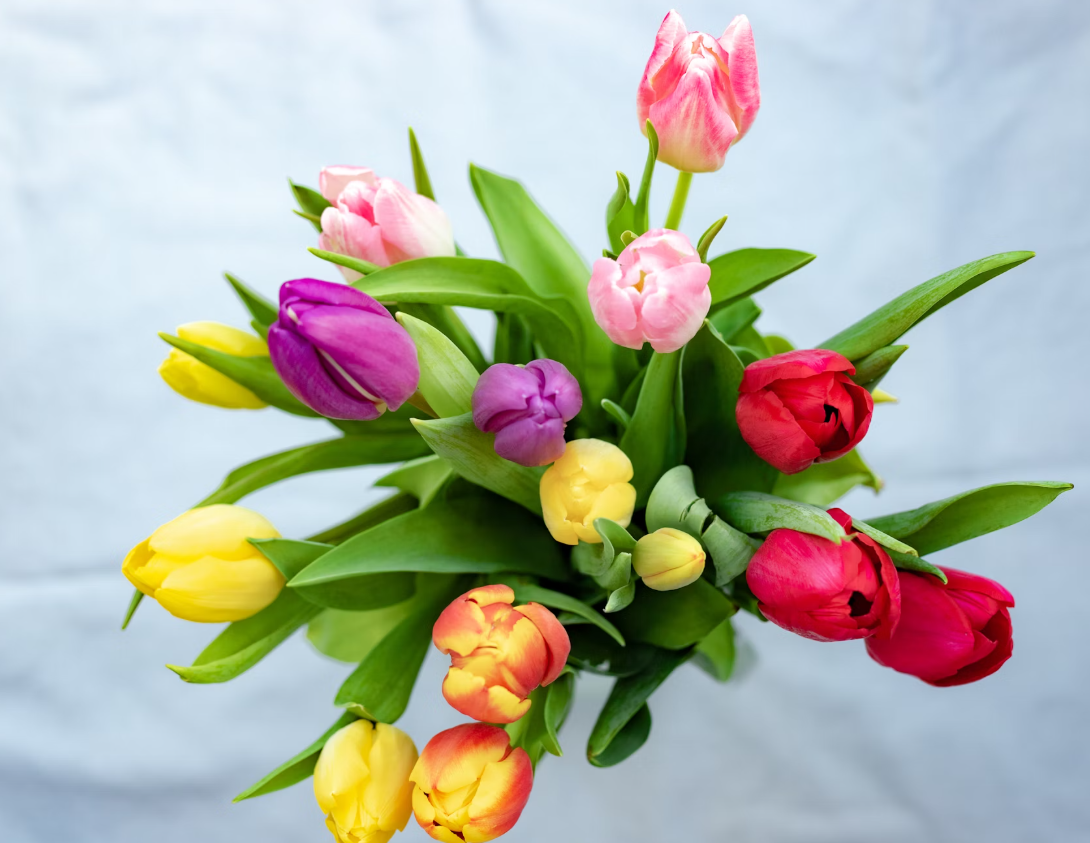How to Grow Cut Flowers from Spring-Blooming Bulbs
Brightening up any home or garden, spring-blooming bulbs bring a colorful and fragrant way to cut and arrange for bouquets. Here's a complete step-by-step guide on growing and caring for spring season flowers if you'd like to grow your cut flowers.

Spring is such an alive season, and growing cut flowers of your own is arguably one of the best ways to enjoy this season. Brightening up any home or garden, spring-blooming bulbs bring a colorful and fragrant way to cut and arrange for bouquets. Here's a complete step-by-step guide on growing and caring for spring season flowers if you'd like to grow your cut flowers:
Choosing the Right Spring-Blooming Bulbs
There are several types of spring-blooming bulbs worth considering when selecting for your cutting garden. The most popular ones in the garden of cut flowers are
Tulips: Now boasting beautiful colors and elegant form, the tulip is superb as one of the bulbs grown for cutting.
Daffodils: These are trumpet-shaped and cheerful. They work well together in spring flower centerpieces arrangements.
Hyacinths: They are so beautiful in fragrance and have dense clusters of flowers. Hyacinths are excellent for bouquets.
Crocus: These small but stunning flowers, available with flower delivery in Carlisle, PA, are great for early spring arrangements.
Alliums: Their large, globe-like clusters of purple or white blooms provide a dramatic effect in flower arrangements.
Fritillarias: These are unique in their own character. Their bell-like flowers can bring texture to bouquets and create a mystery in the composition.
Be sure to pick out those varieties that are known to do well for cut flowers, since some flowers might last a little longer in vases than others.
Planting Spring-Blooming Bulbs
Spring-blooming bulbs should be planted in the fall, before the first frost; this gives the bulbs their necessary chilling requirement to ensure a proper spring bloom. In general terms, this is how you will plant:
Location: Generally sunny spot with well-drained soils. Spring bulbs like full sun (varies with different ones, but all at least 6 hours) with little or no shade.
Soil Preparation: Organically amend the soil to make it loose and fertile. The idea is to have well-draining soil, especially around the bulbs, so they grow healthy.
Planting Depth: Generally, plant bulbs about 3 times the height of the bulb. For example, plant a 2-inch bulb about 6 inches deep.
Spacing: Space bulbs about 4-6 inches apart if giving enough room for good air circulation and growth.
Watering: Water the bulbs to settle the soil around them once they are planted, but do not water again, as most bulbs rot in soggy soil.
Caring for Bulbs Going into Active Growth
Once planted, the bulbs go into dormancy for winter, and early spring is the time for them to sprout and grow. With the right conditions, however, they will flourish and create wonderful blooms ideal for cutting.
Watering: For the growing season, keep the ground moist but not soggy. The last will induce rotting.
Fertilizing: During the early spring, feeding with a balanced fertilizer should promote healthy development and vibrancy in flowers, but do not overly fertilize, as this weakens stems and leads to fewer blooms.
Mulching: In fall, a layer of mulch around the bulbs will protect them from freezing temperatures. In the spring, the mulch prevents moisture loss and suppresses weeds.
Staking: Taller flowers, such as lilies or alliums, may require staking to keep their stems upright and prevent them from falling over in strong winds or rain.

When Should You Cut Flowers?
The best moment to cut your spring-blooming flowers is when the buds are still very young and the flowers have not opened yet. The reason is that opening will happen only after being cut, and the bloom will be for much longer in the vase.
For tulips: Buds that still have since closed should be cut. They continue to grow and open after the cut, so choose buds that are somewhat more than just a hint of color.
Daffodil: The buds have just begun to open, and they should be cut. From then on, they will continue to bloom in the vase and stay for several days.
Hyacinth: When the spiking flowers are about half opened, they're ready for cutting.
Crocus: These can be cut as soon as they open, but be sure to cut early in the day when the flowers are fresh.
Alliums: Wait until the flowers are in full bloom, as they hold up well in arrangements and dry out beautifully.
Getting Ready and Arranging Your Cut Flowers
Once you've cut your flowers, use these quick tips to ensure they remain fresher in a vase with water:
Trim the Stems: To increase the surface area for water absorption, use sharp scissors or pruning shears to trim the stems at an angle of 45 degrees.
Remove Excess Foliage: Remove any leaves that will be submerged in water to prevent rotting.
Use Clean Water: Fill a clean vase with lukewarm water and add flower food if available. Change the water every 2-3 days to keep the flowers fresh.
Keep Cool: Place the vase in a cool area away from direct sunlight or heat sources to prolong the life of your flowers.
This is an easy method to fill a home with seasonal blooms. Best of all, growing cut flowers from spring-blooming bulbs demands minimal effort, and if done properly in planting and cutting coupled with good care, you will have beautiful flowers for a long period in your house. Using tulips, daffodils, or hyacinths means all these flowers from fishers florist shop which you can get with flower delivery in Shippensburg, PA, will fill your house with refreshing, sweet-smelling arrangements all season long. Happy gardening!
Recent Posts
Year : 2025
Year : 2024
Year : 2023
Year : 2022

